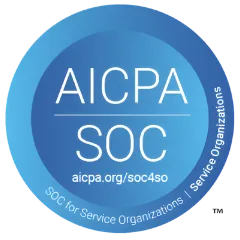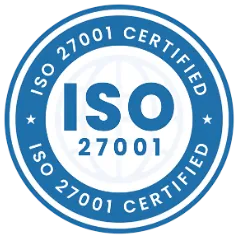Hardware asset management (HAM) is equally important as software asset management as it can save a significant amount of money. Therefore, HAM is crucial for asset management.
It is also important in asset life stages. However, HAM and Software asset management (SAM) is connected. One is not useful without another!
If you think only SAM can assist you in growing business! We suggest you think again because HAM can also assist your organization in many ways.
What Is Hardware Asset Management (HAM)? What Is the Aim of HAM?
HAM aims to manage hardware assets efficiently! For managing asset and equipment several questions are considered such as:
- What is an asset?
- How much cost it is costing the company?
- How safe & secure an asset is?
- What will the organization do when equipment life is over or don't need it anymore?
Also Read: What is IT Asset Management and why is it important?
Hardware asset management is the process of maintaining assets. Assets such as computers, laptops, servers, etc. It efficiently managed assets from its procurement to disposal. Overall, it let you manage asset life.
What Are the Benefits of Hardware Asset Management (HAM)?
There are several benefits of hardware asset management that we have discussed below:

1. Saving Expenses
With HAM you don't have to worry about asset maintenance. You will be surprised to know that HAM can save you expenses in several ways such as it saves will your unnecessary maintenance cost and reduce unexpected asset failure chances.
It will keep you alert about the asset life. Organizations need to dispose of assets when asset life is over. But usually, companies don't remove these assets, as a result, they pay a lot of expenses.
Therefore, the asset must be disposed of when asset life is over. It can save you lots of maintenance expenses. If assets are serviced and optimized their breakdown chances are decreased.
2. Asset Life Management
When maintenance is scheduled regularly for every crucial hardware asset then you get the most out of it. Most importantly, maintenance activity results in increased asset life.
With the software, you can track all the crucial information about each asset such as asset purchased date, vendor details, last maintenance done, next maintenance scheduled date, asset disposal date, etc.
These sorts of details help in the decision-making process of asset life. Either if an asset is needed to be updated or replaced. It can help in increasing business operation efficiency and avoid risks.
3. Return on Investment (ROI)
Hardware asset management is similar to software asset management. The impact will not be seen in the beginning. However, over the long haul, those investment funds will be fruitful in your business.
With the correct cycles set up, the correct apparatuses and information, ROI on HAM long haul will be a consistent decrease in cash spent on equipment, and a decrease in the IT spending plan for equipment.
Also Read: The major difference between ITAM and SAM (Software Asset Management)
This cash would then be able to be spent somewhere else inside IT, or another division out and out to help with the general achievement of the association. This cash would then be able to be spent somewhere else inside IT, or another division out and out to help with the general achievement of the association.
4. Centralized Information
According to ISG, over 70% of organizations experience billing “surprises” with asset invoices. The reason behind it the information is not centralized, meaning that is, departments are not aware of it until they see the invoices.
Therefore, information needs to be centralized. For example, if the employee is working on a work order that needs specific equipment to complete the work order process.
Then in the software, he will mention the same in the form of comment so that everyone is aware of the requirement.
5. Asset Theft
Asset theft hits business very badly, it will lead to several other consequences such as wasting time in finding assets (productivity decrease), new assets will be bought (unnecessary expense), ghost assets will increase!
With asset tracking, you can track asset information related to hardware and purchase. Moreover, you can track an asset where it is located who is using it and that too in real-time.
It lets the team know if the hardware is used regularly or not, or if the asset is underutilized. Furthermore, these hardware assets are costly and prone to theft.
This software keeps track of assets & decreased the chances of asset loss and theft. Therefore, it keeps the asset safe and secure. Plus, your team will not be wasting time finding lost assets.
6. Reports
With the reports and statistics, the management can find out maintenance issues such as which asset is taking more maintenance then expectations.
Asset Management Reports can provide deep insights about your assets that can help you in making crucial business decisions or create strategies accordingly.
Reports can be very effective especially in finding the issues and solving the issue. Undoubtedly, reports can assist businesses in the long run.
Final Thoughts
Hardware maintenance impacts directly on an organization's bottom line. Thus, asset maintenance is significant and it should be always done otherwise organization may suffer from the loss.
But with the asset management software, you will not have to worry about asset maintenance as it will notify you in advance.
Other than this it will provide real-time information, increase asset life, and complete utilization of assets, avoid non-compliance, effective purchase order management, vendor management & calibration management.
Overall, you can optimize asset utilization and enhance the overall productivity of employees and the organization.
Also Read: How Important is ITAM Strategy for IT Systems and Assets?
Frequently Asked Questions (FAQs)
1. HAM (Hardware asset management) & SAM (software asset management) are similar to each other?
Both of them are quite similar actually, they both have the same objective which is asset management. The only difference is HAM for Hardware and SAM is built to manage software.
2. How does real-time asset tracking work?
Tags and labels are utilized for effective real-time asset tracking. These tags such as Barcode, QR Code, RFID, BLE, GPS, etc. have unique identification which is helpful in real-time asset tracking.
3. What is the aim of Hardware Asset Management?
Managing asset life efficiently, increasing the accountability and transparency of hardware assets are a few of the objectives of hardware asset management.

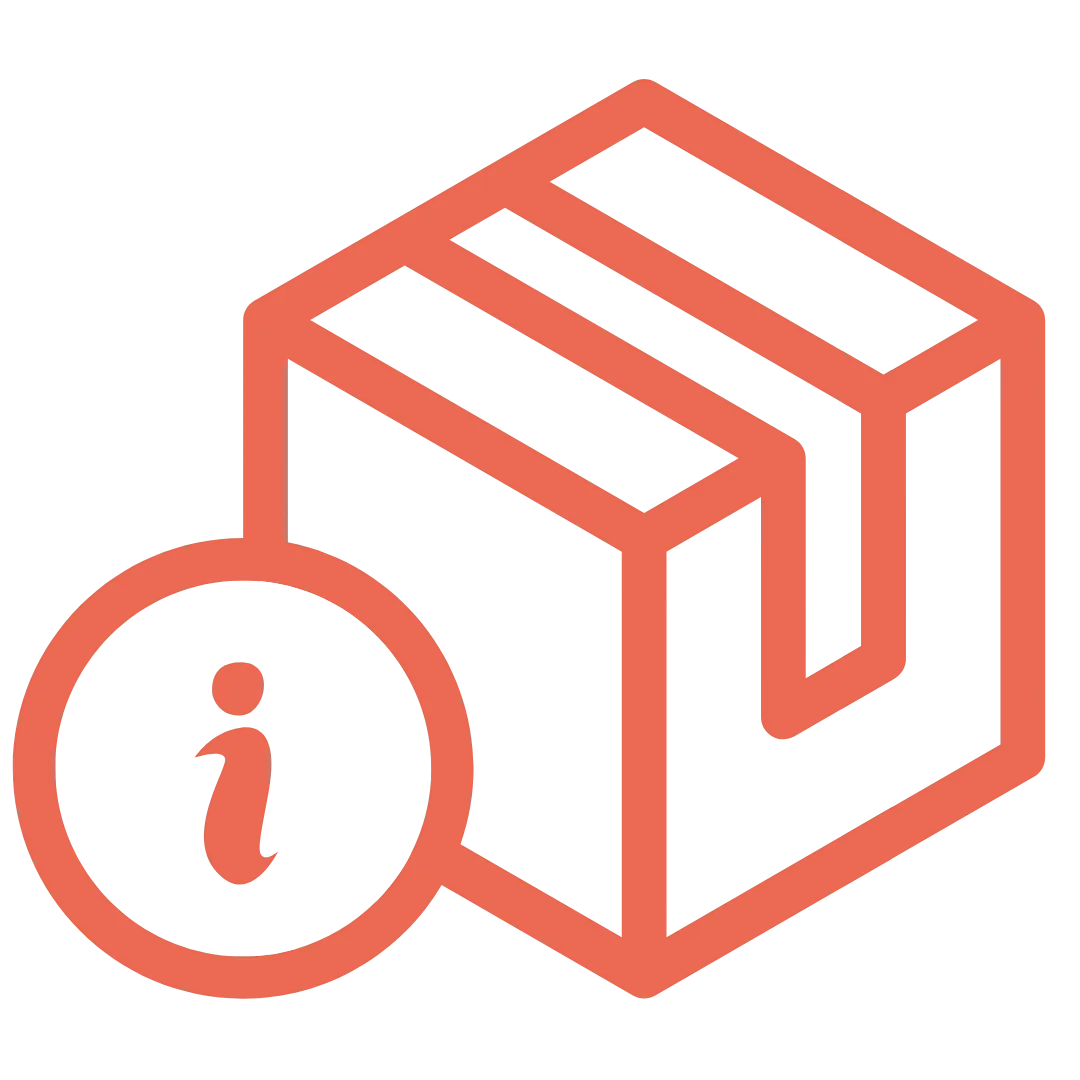
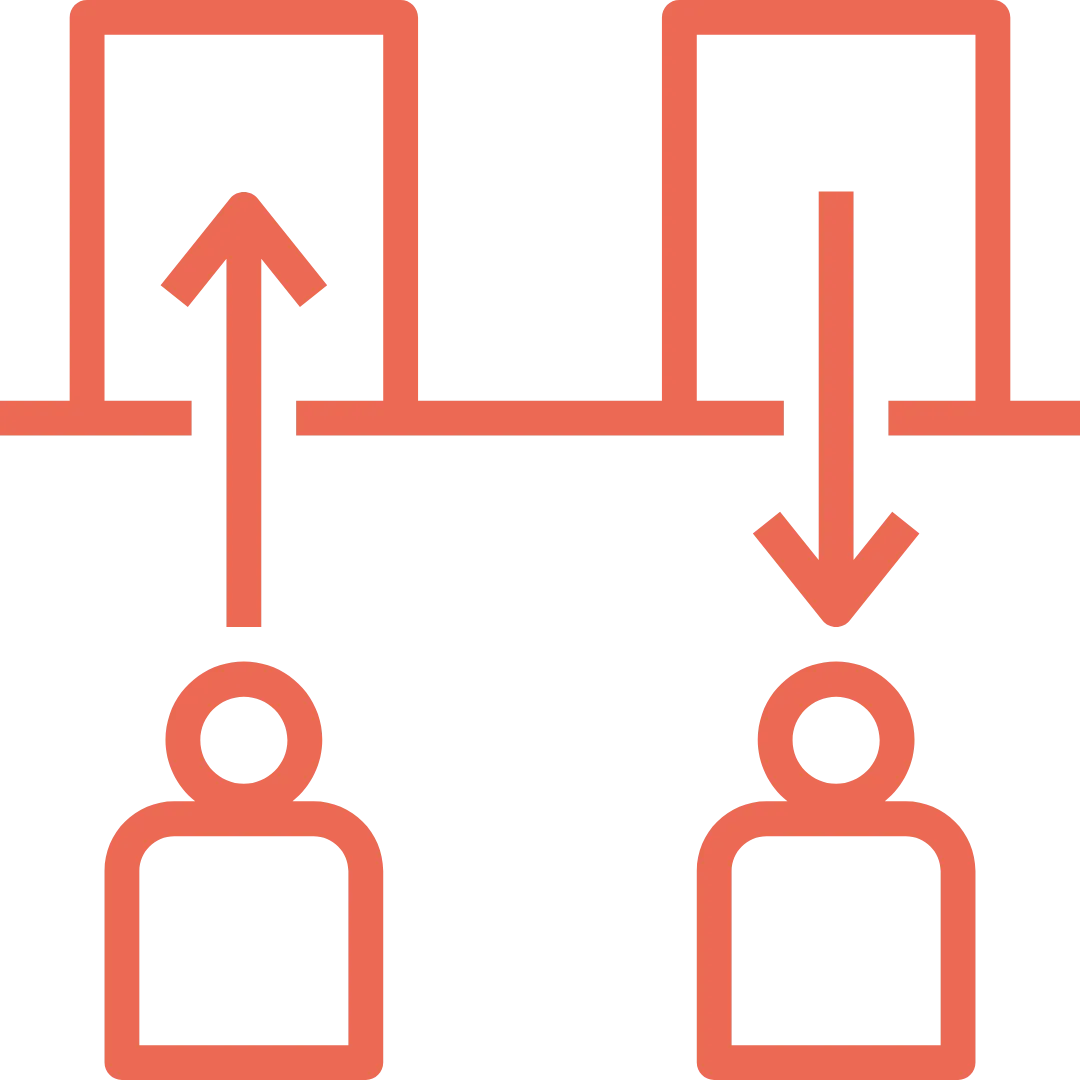
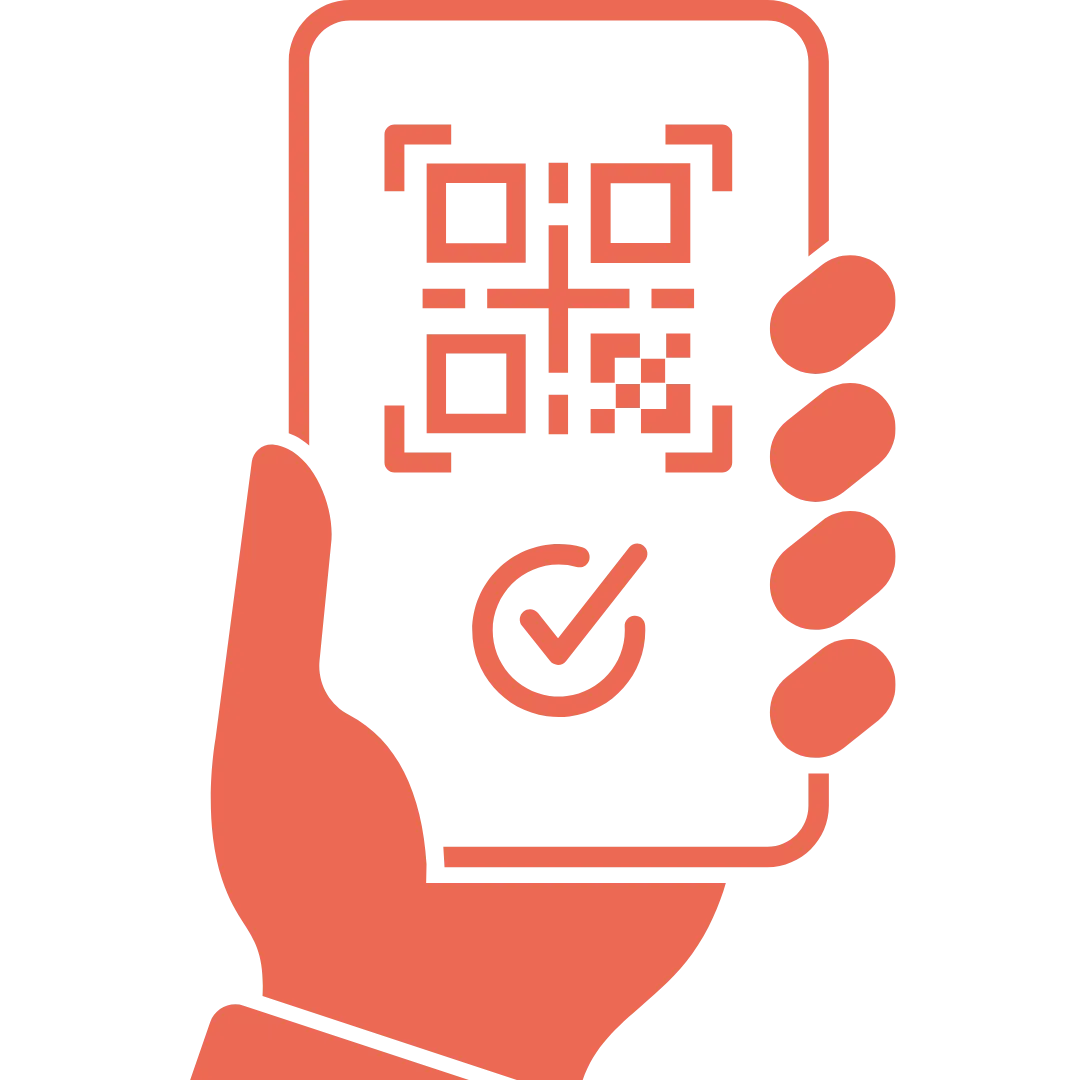
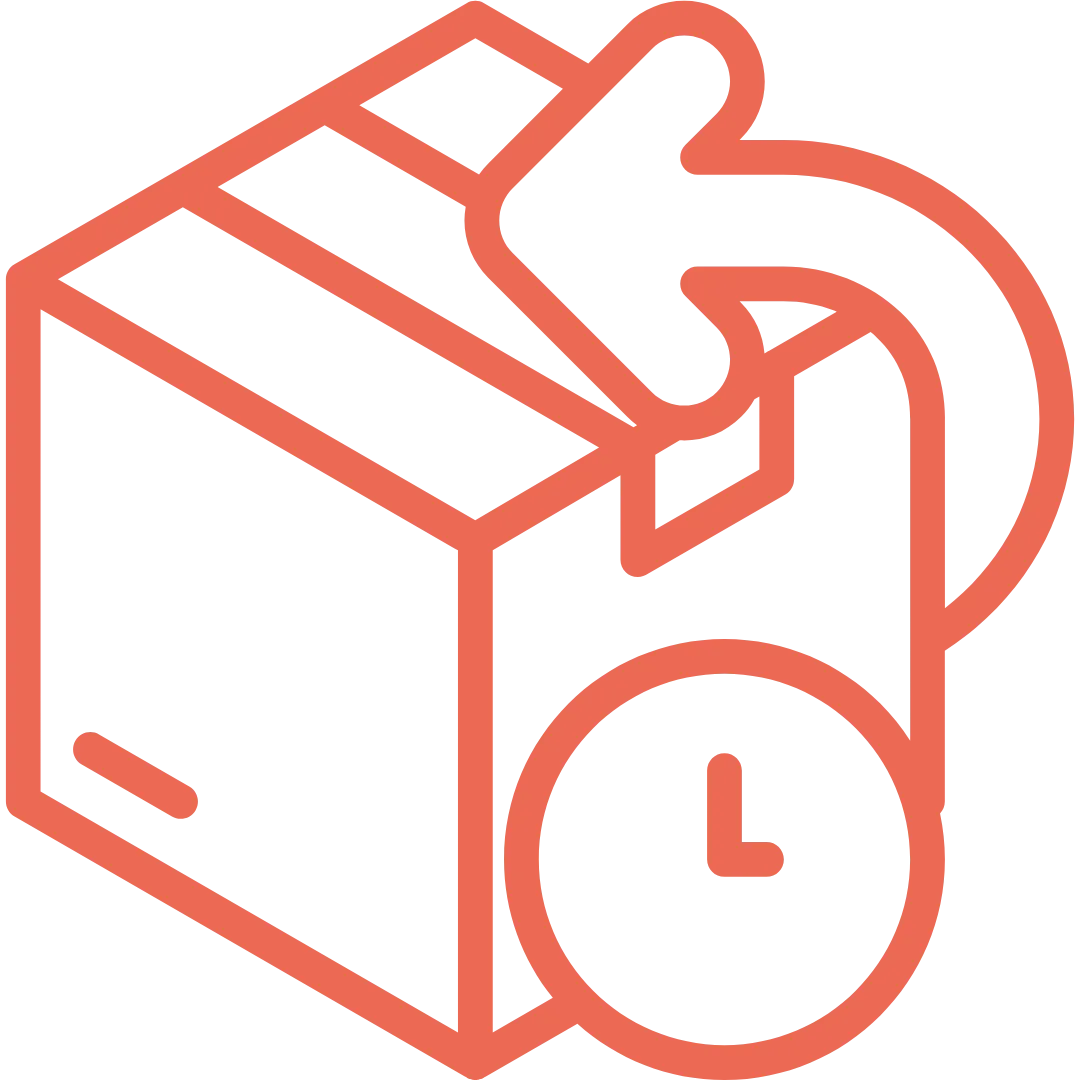




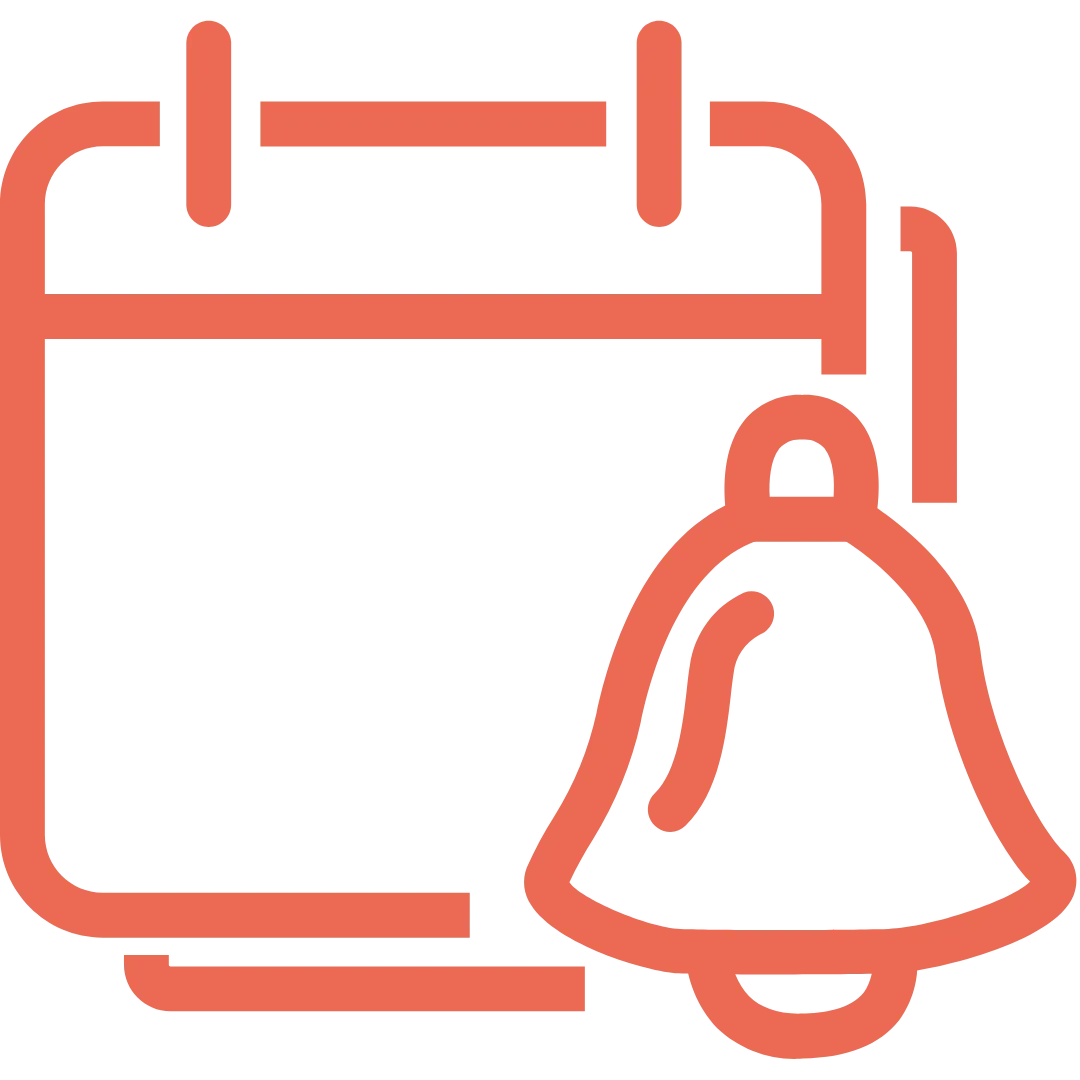

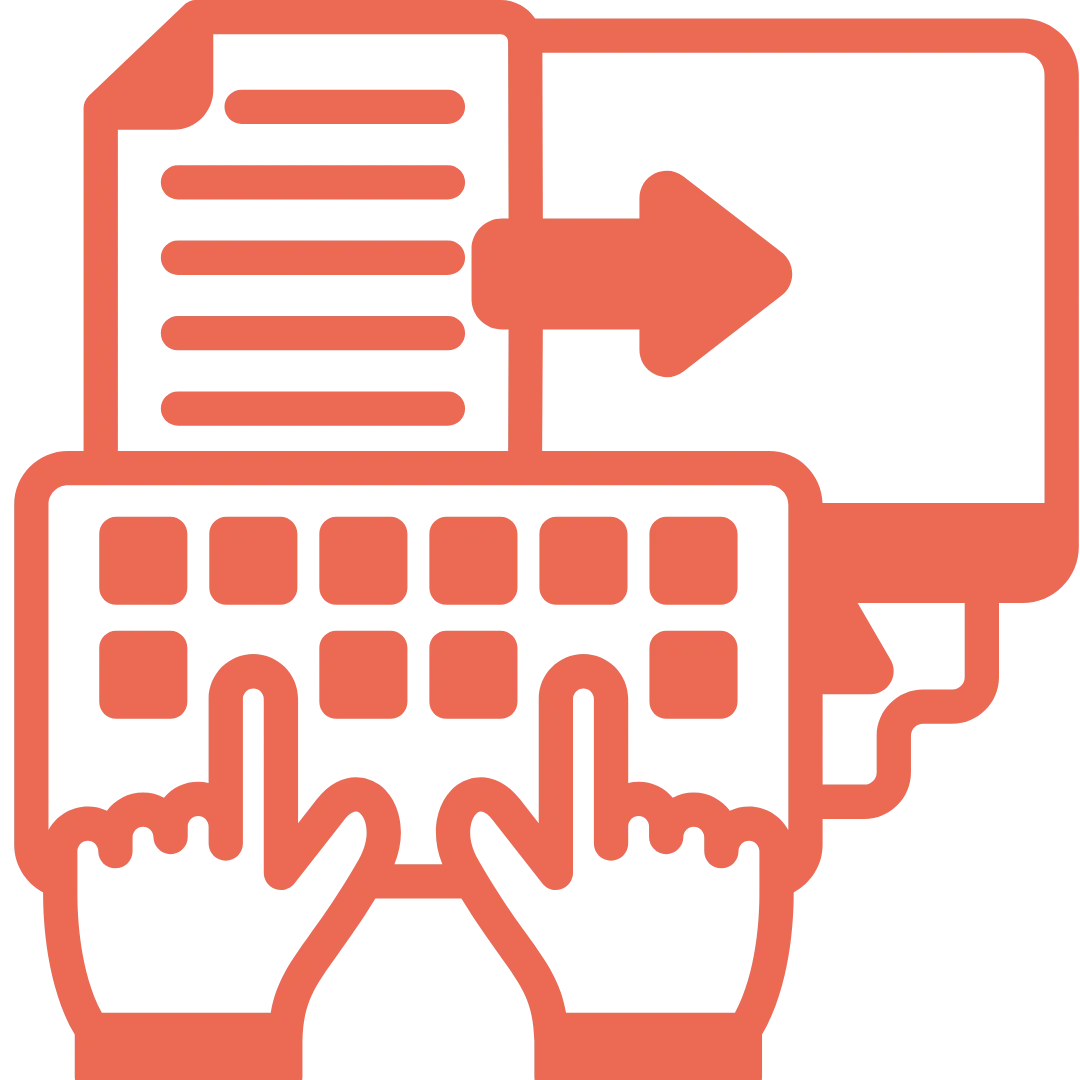
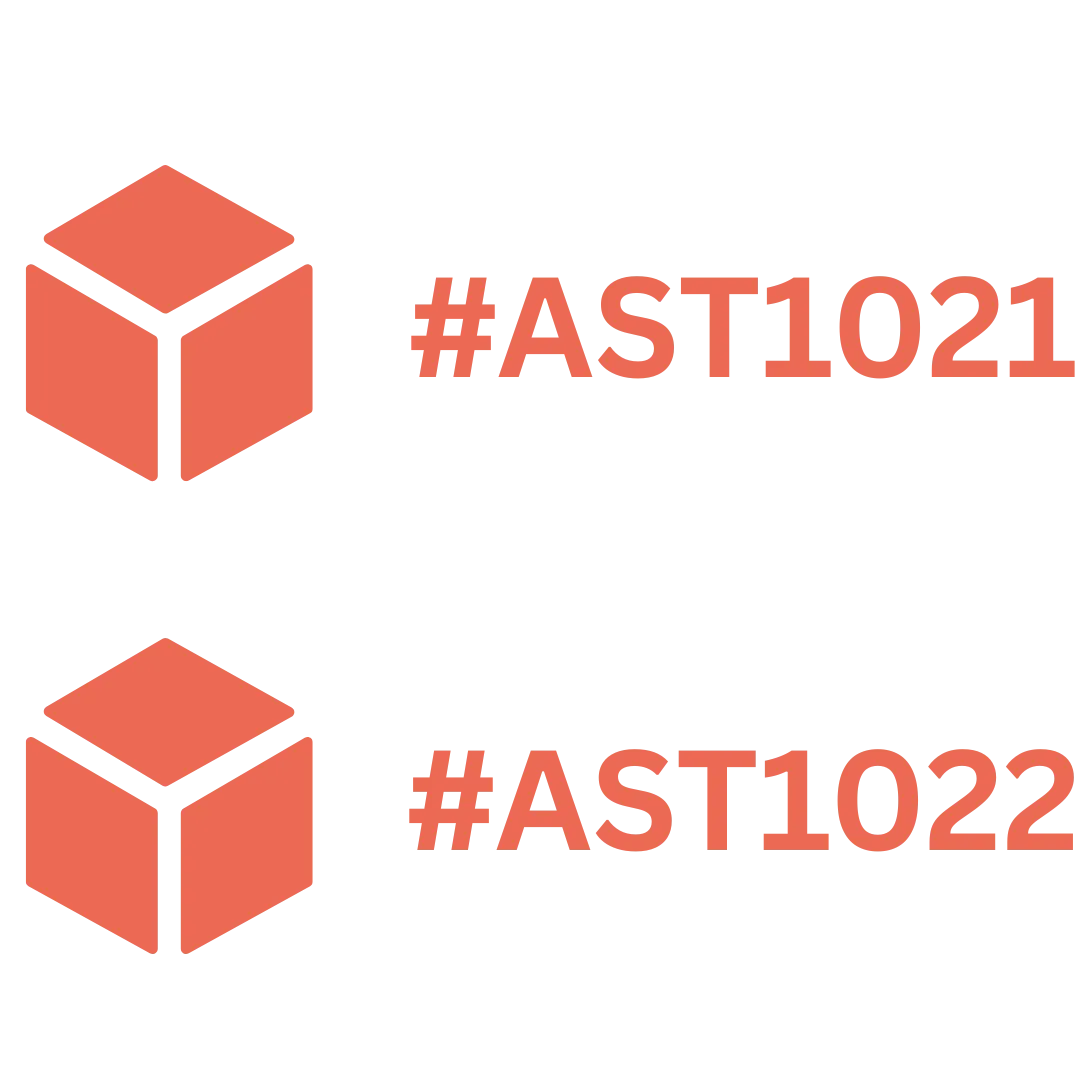
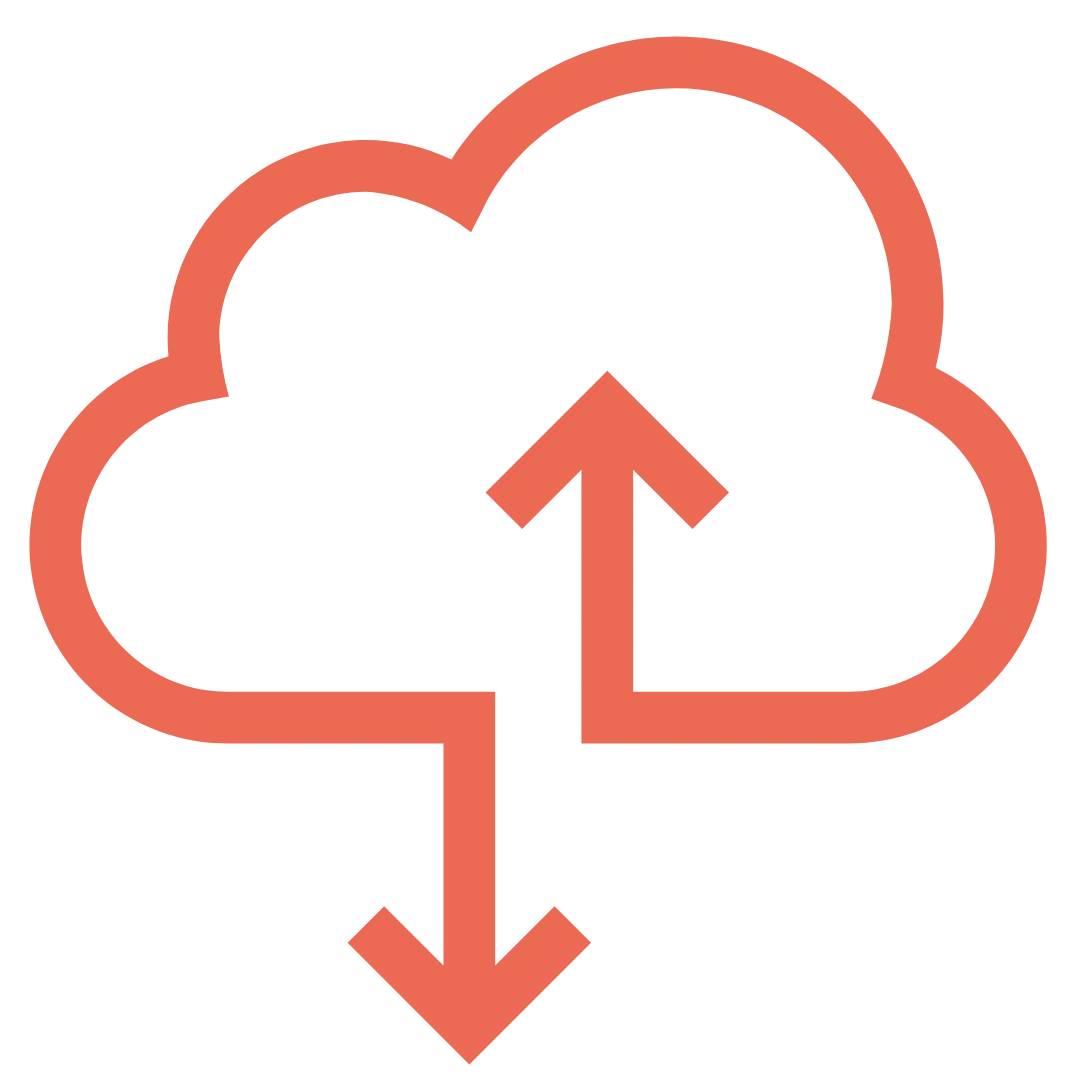

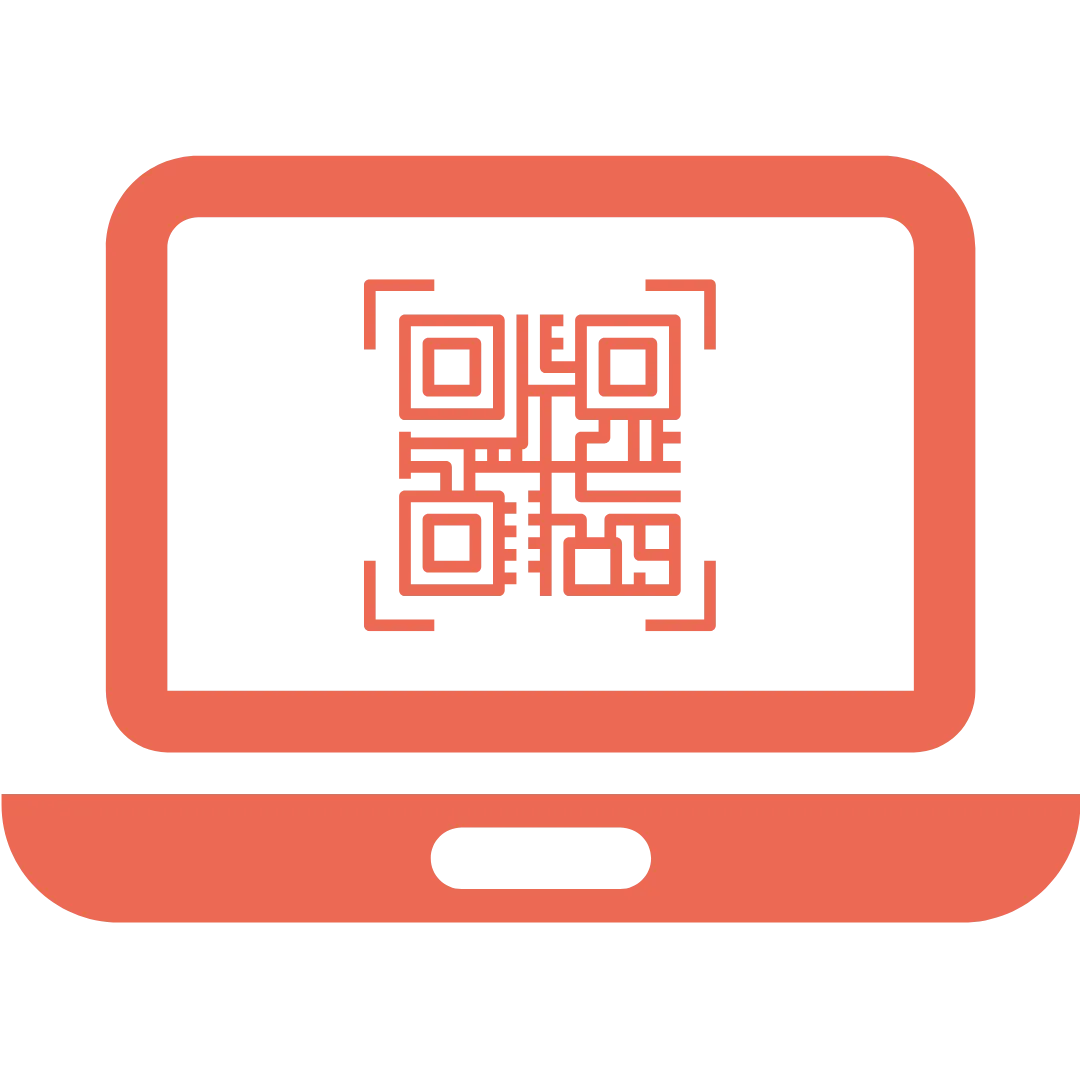
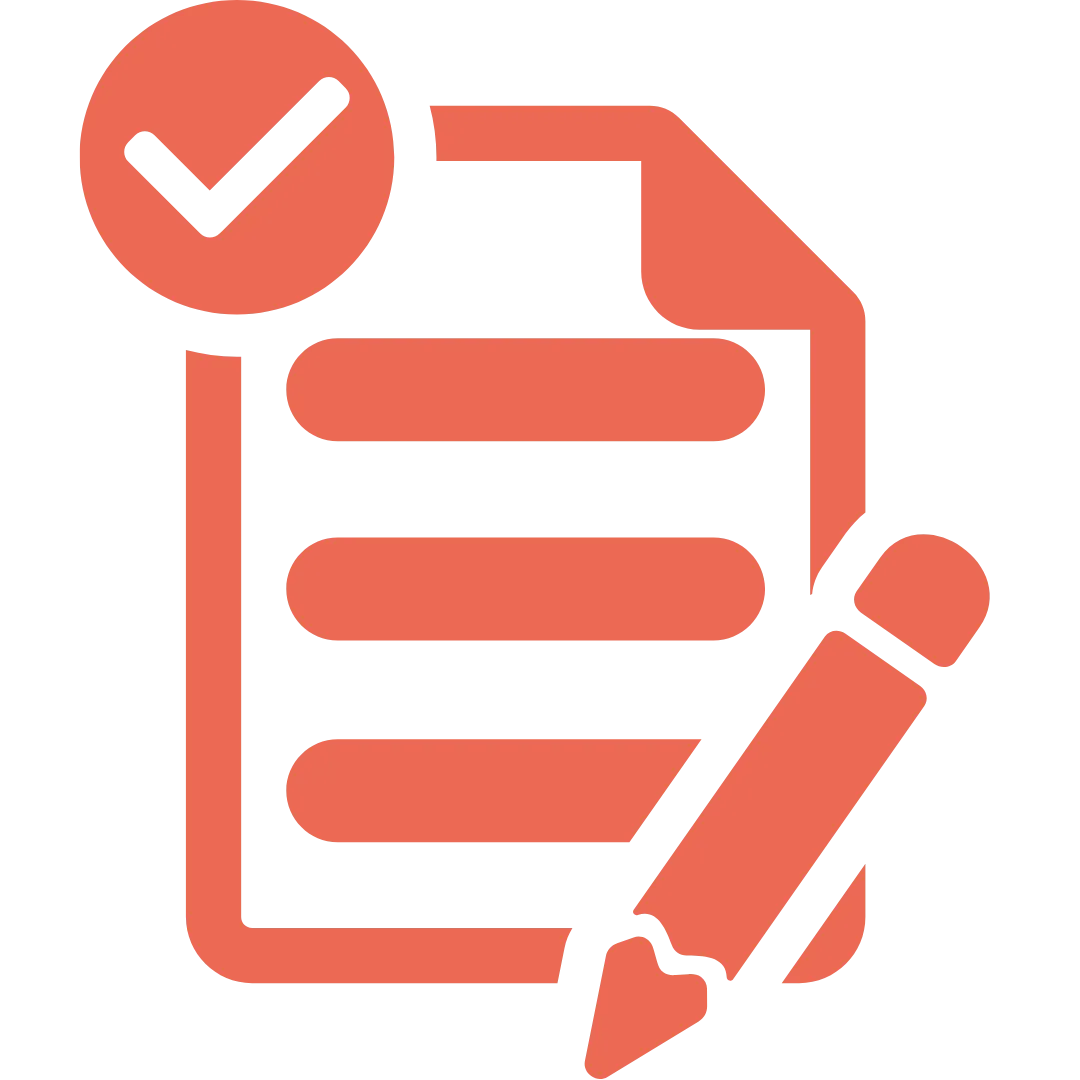
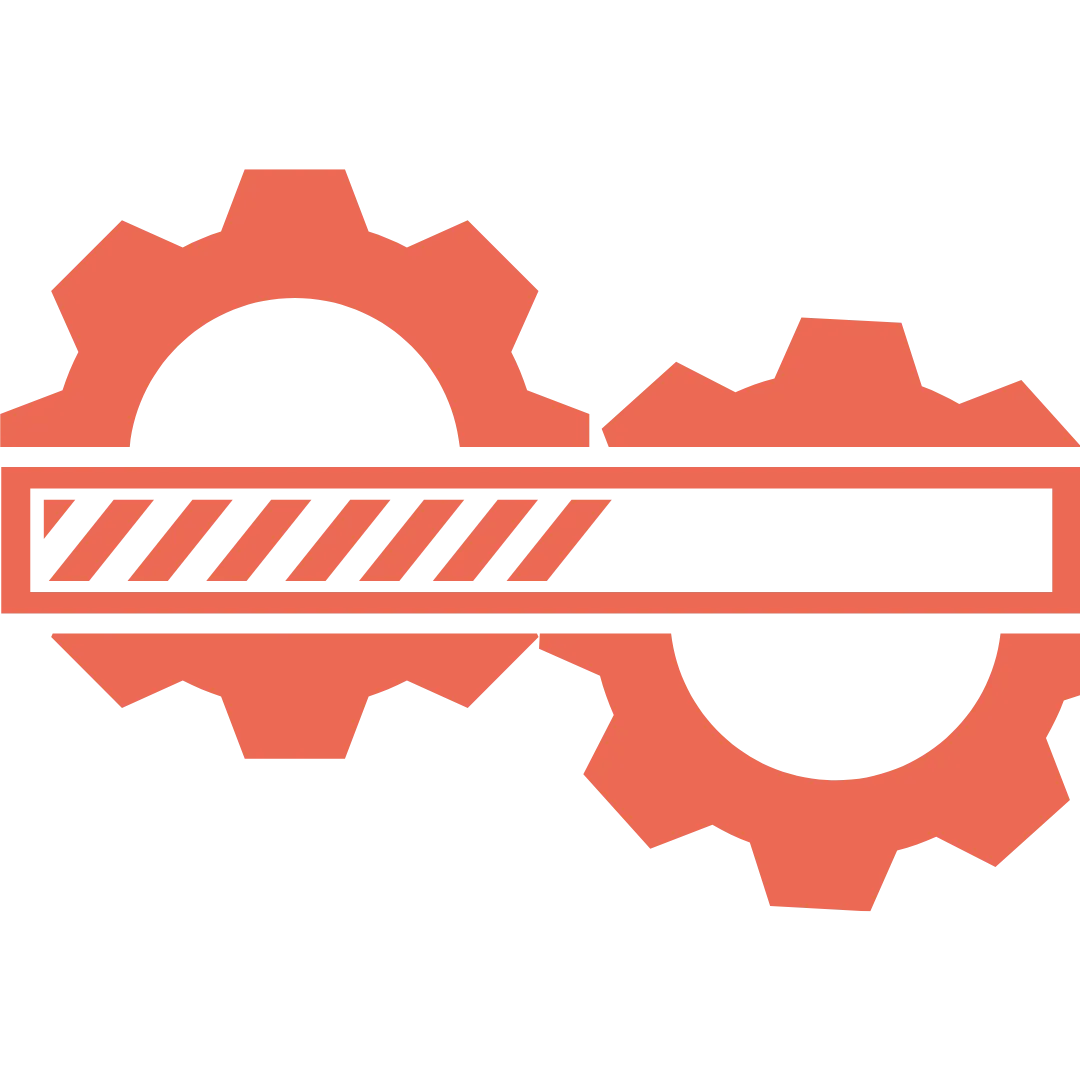
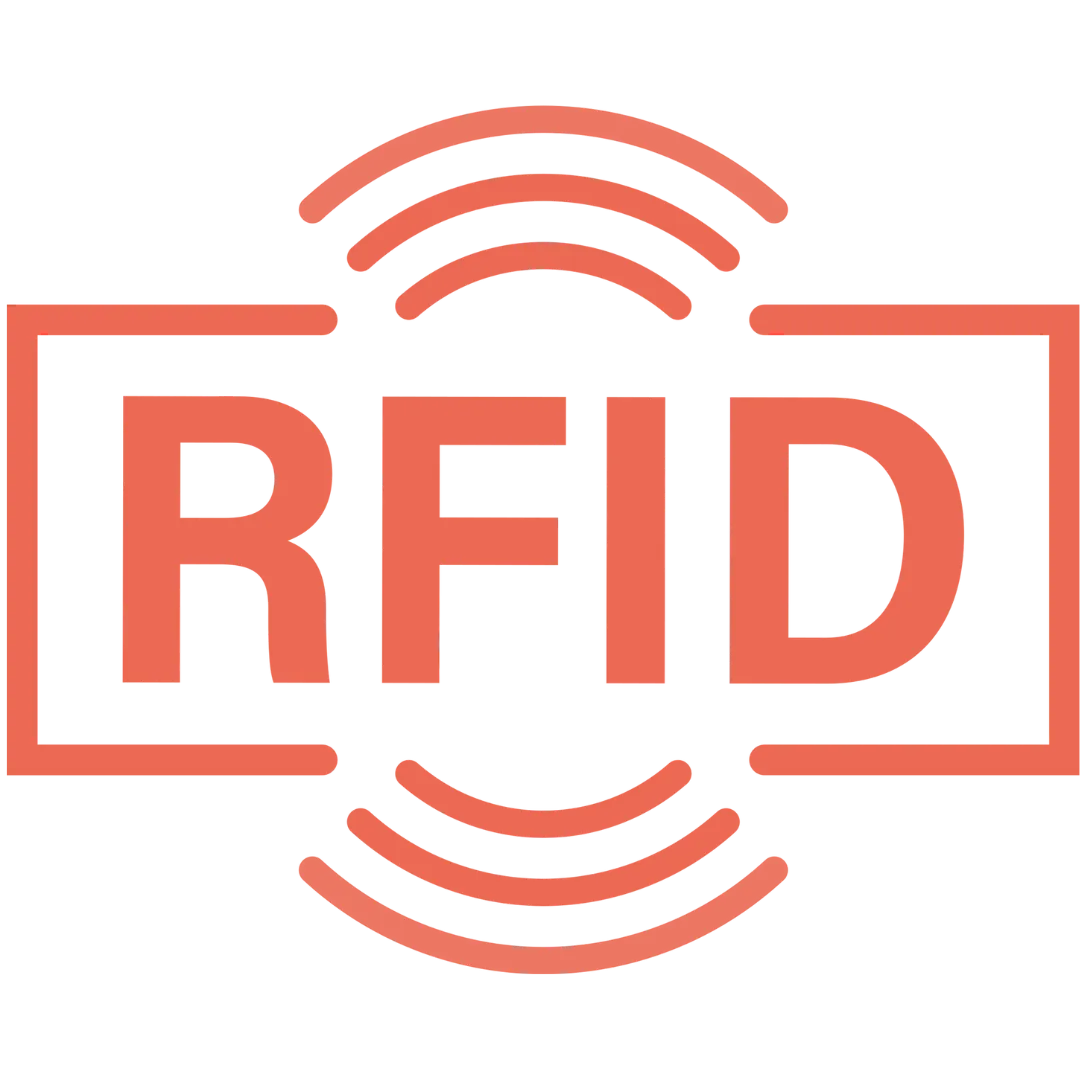
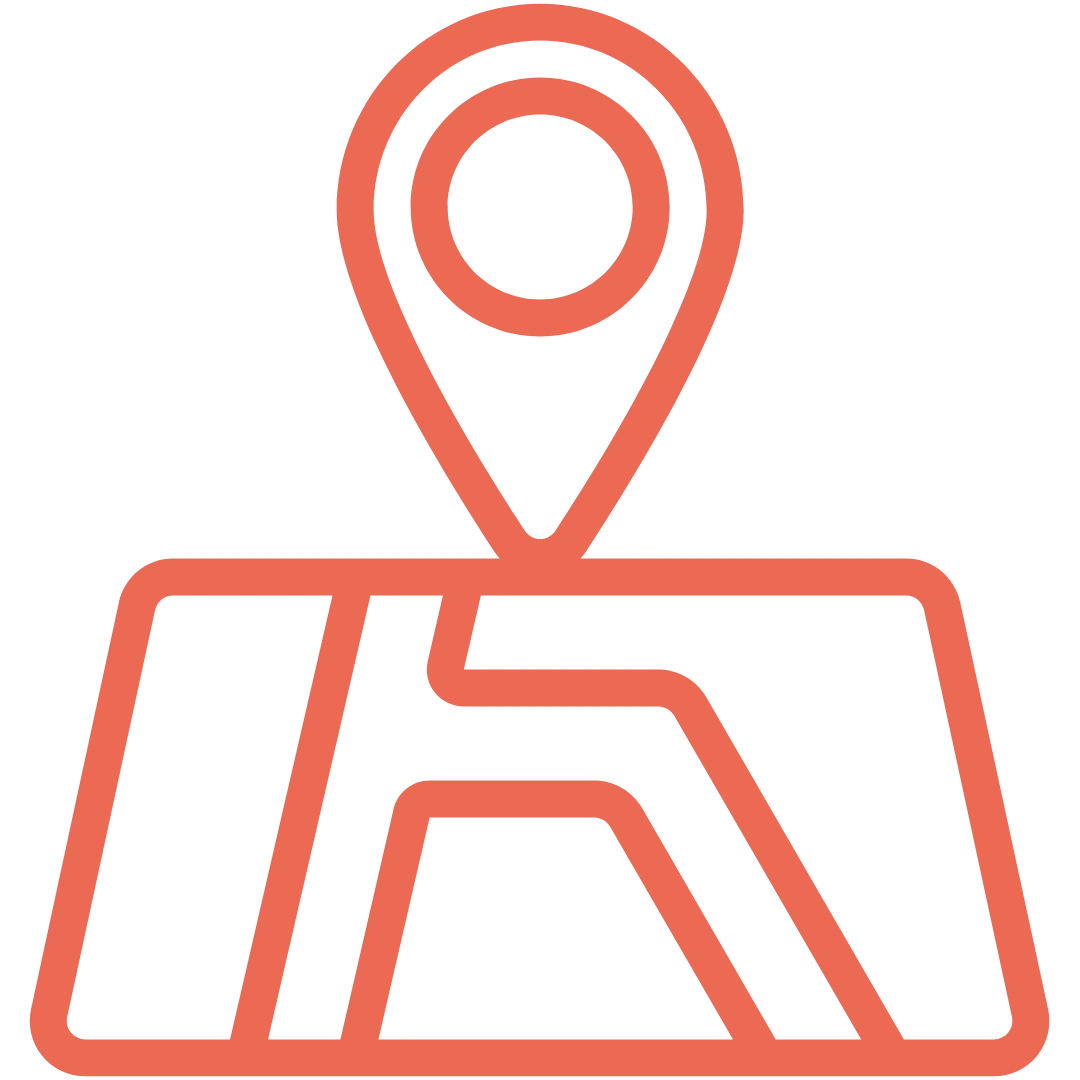
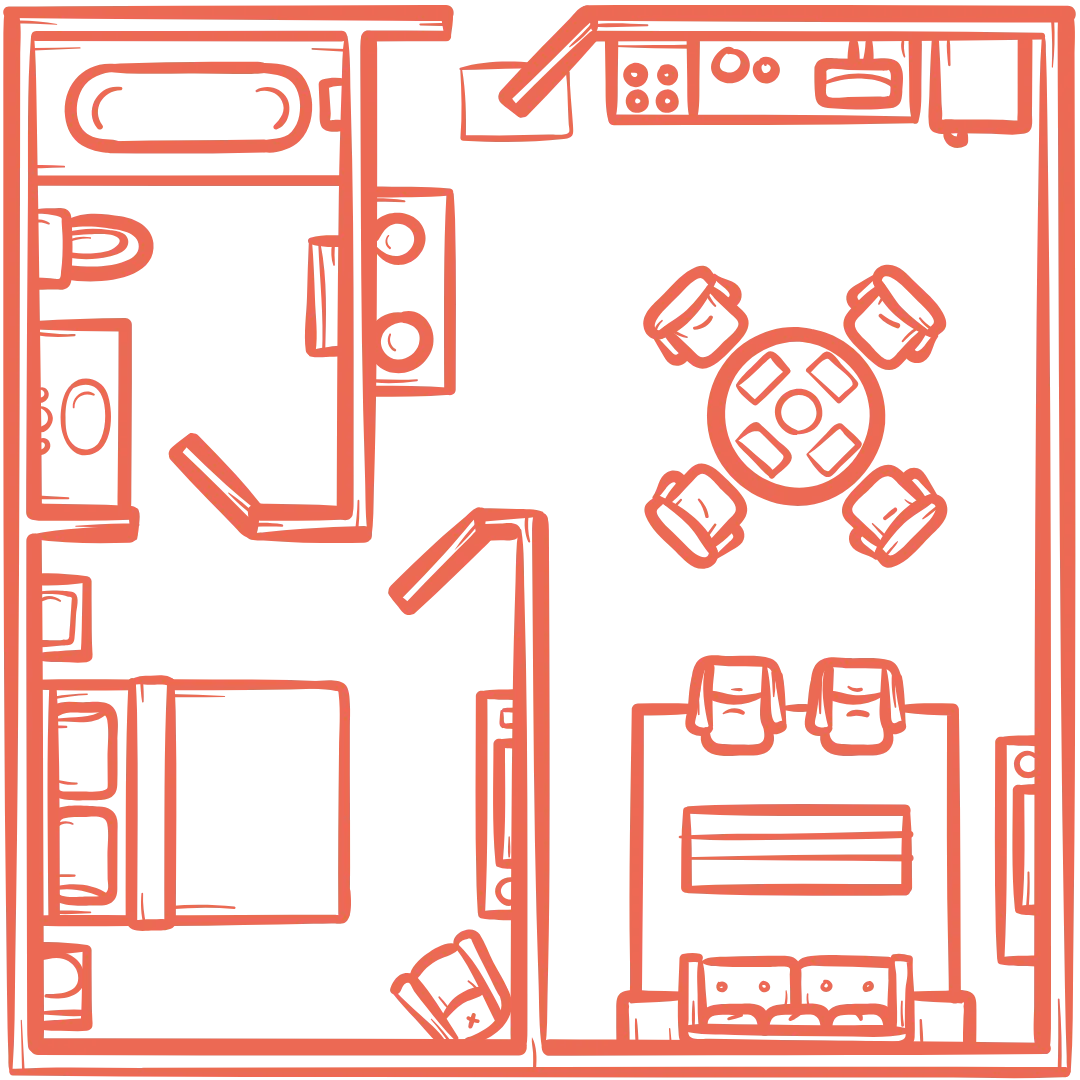




























.webp)
.webp)
.webp)
.webp)
.webp)
.webp)
.webp)
.webp)
.webp)

.svg)




.webp)
.webp)
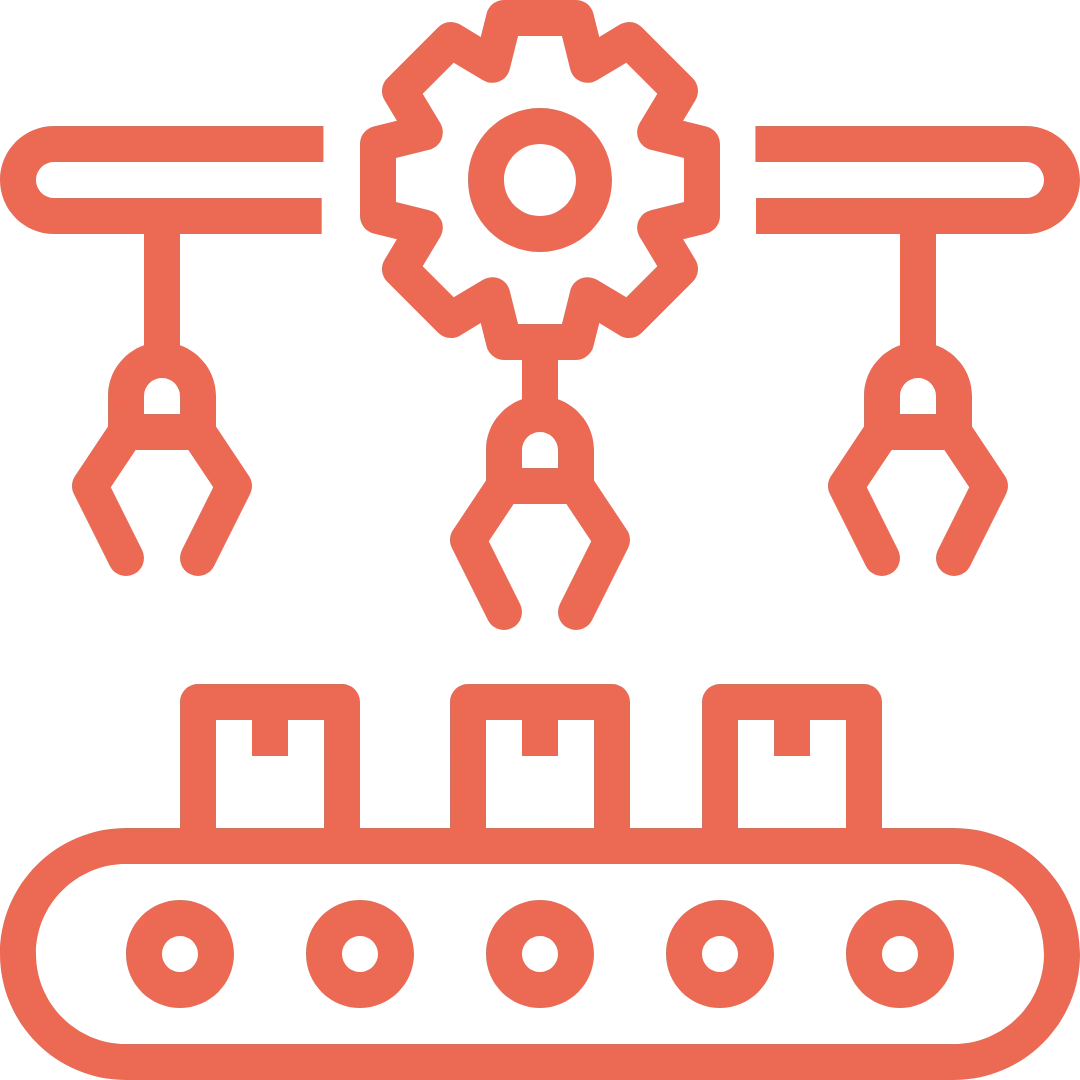


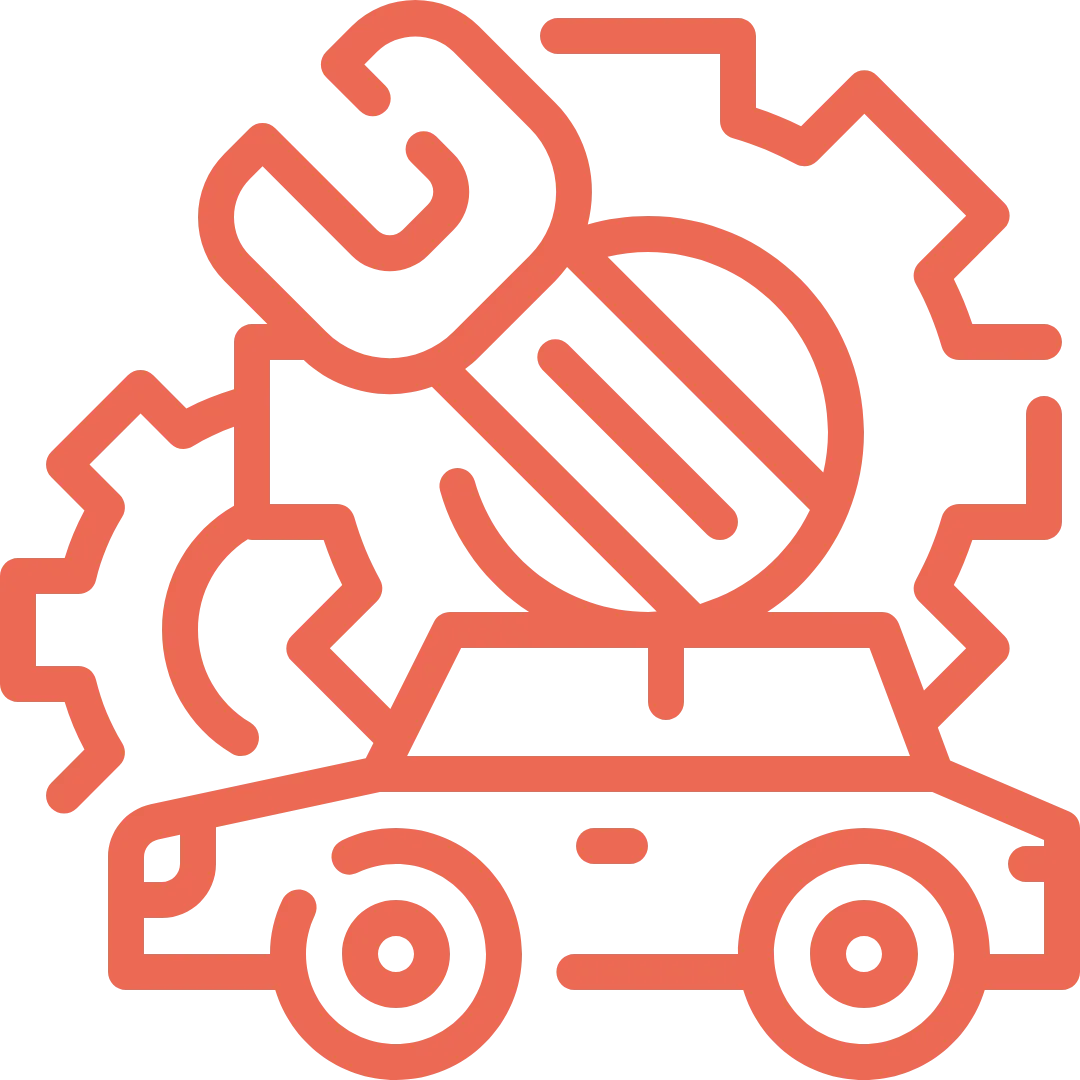


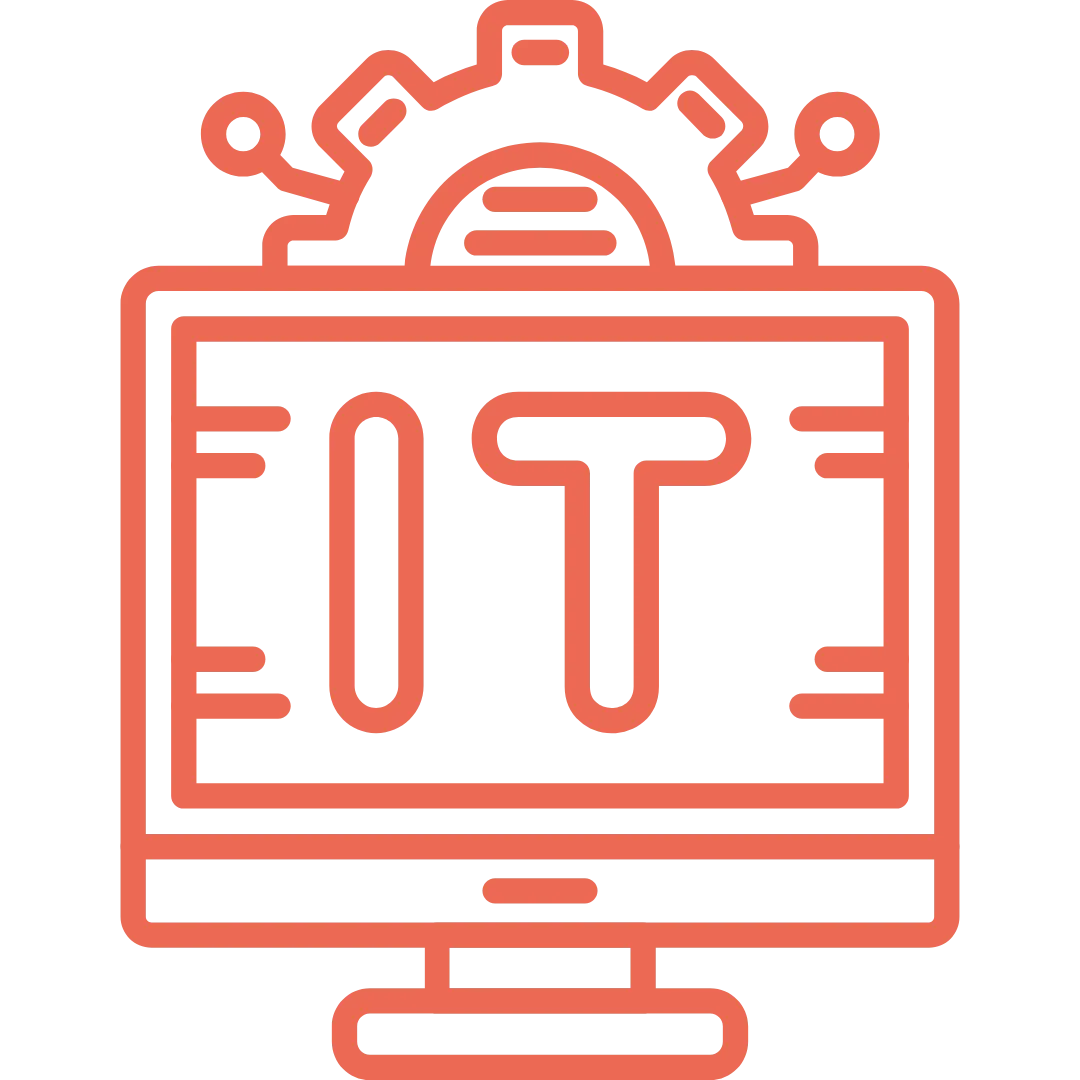


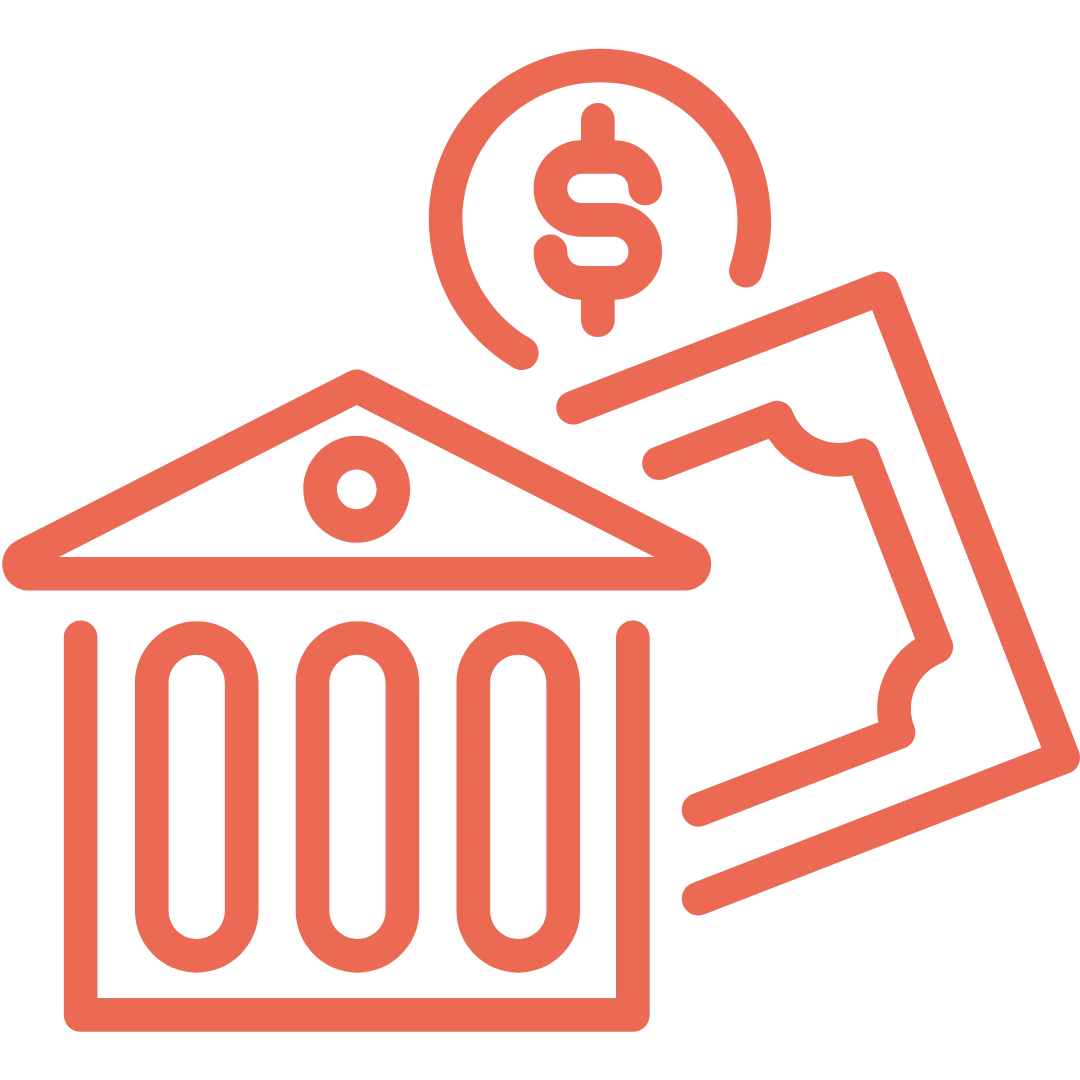




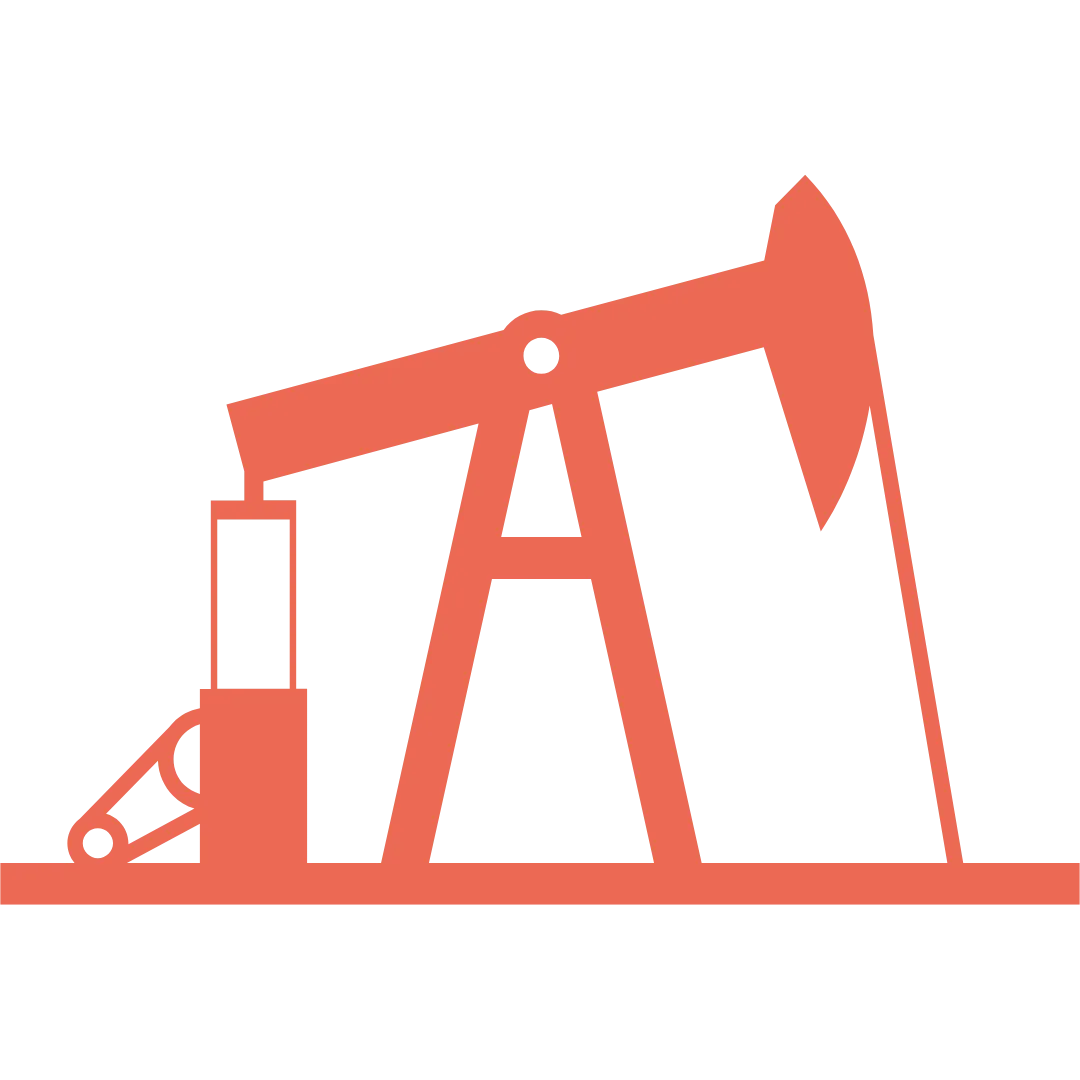
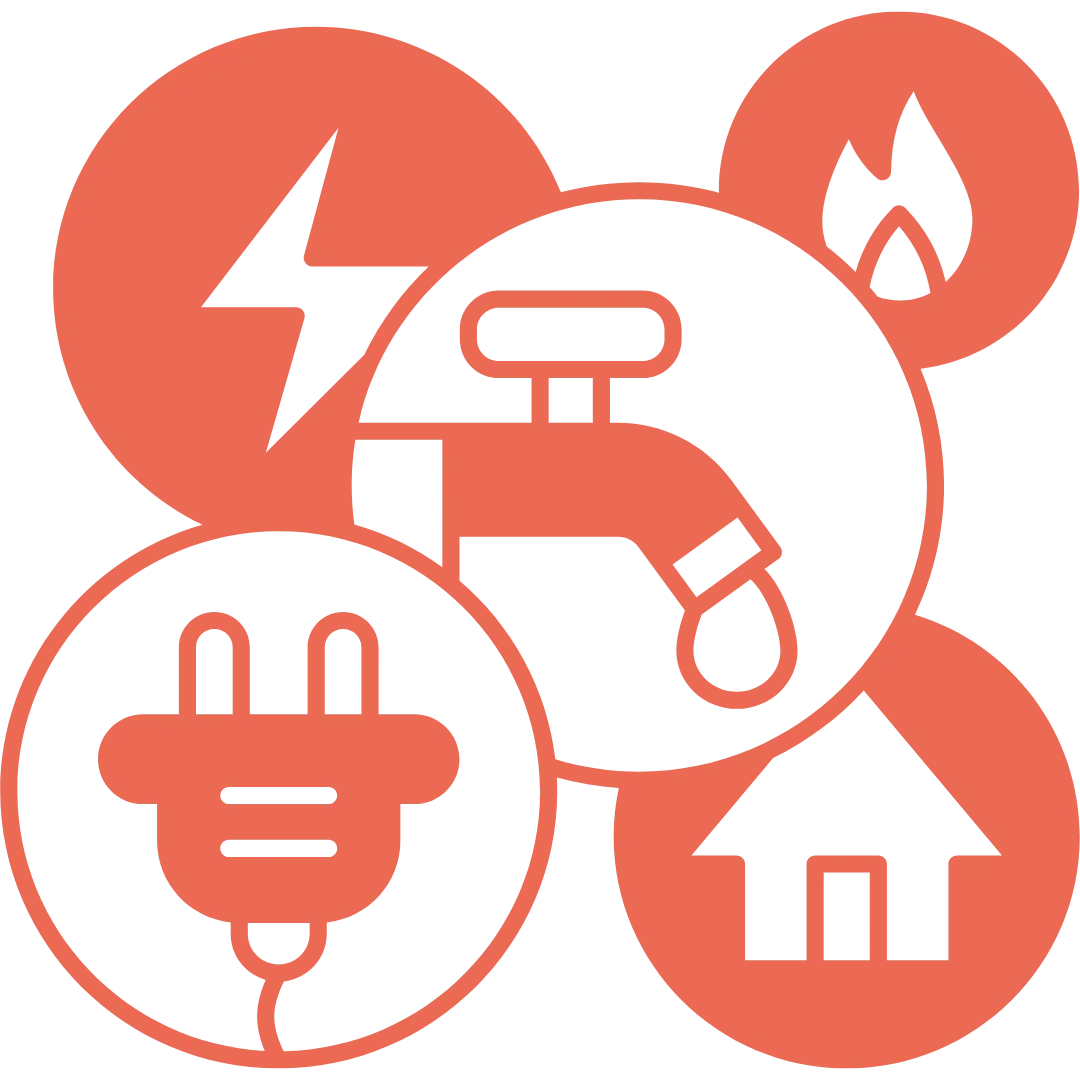

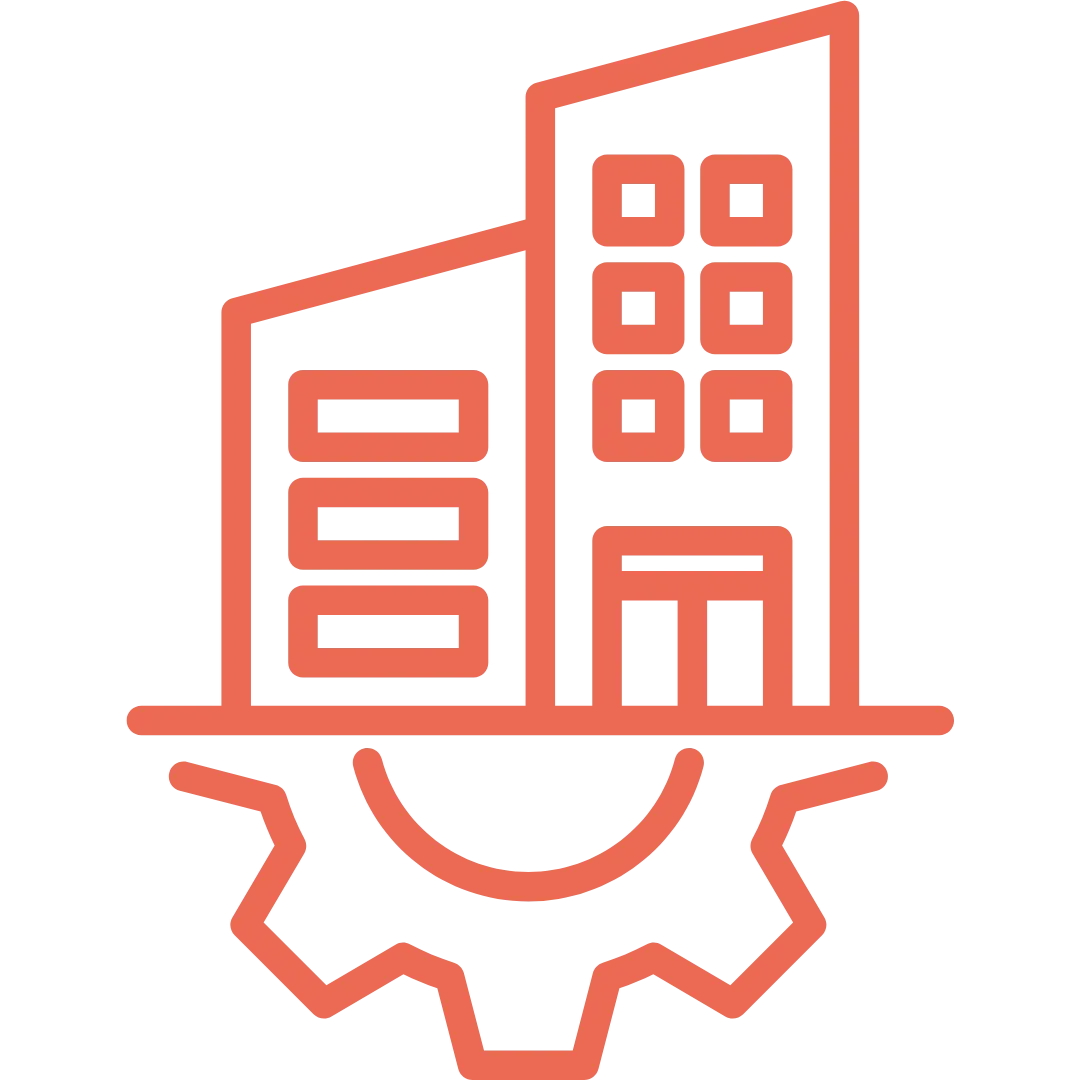
















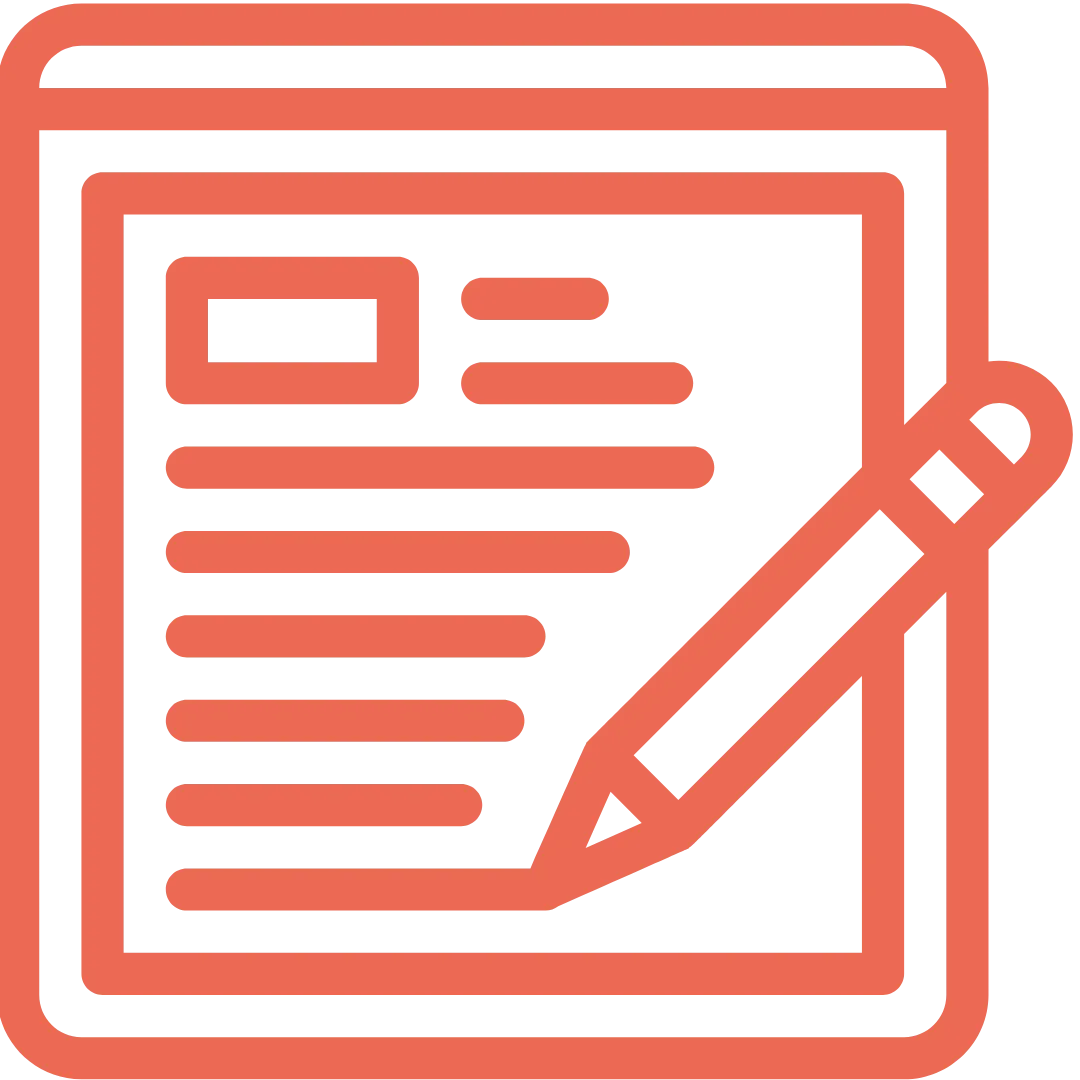

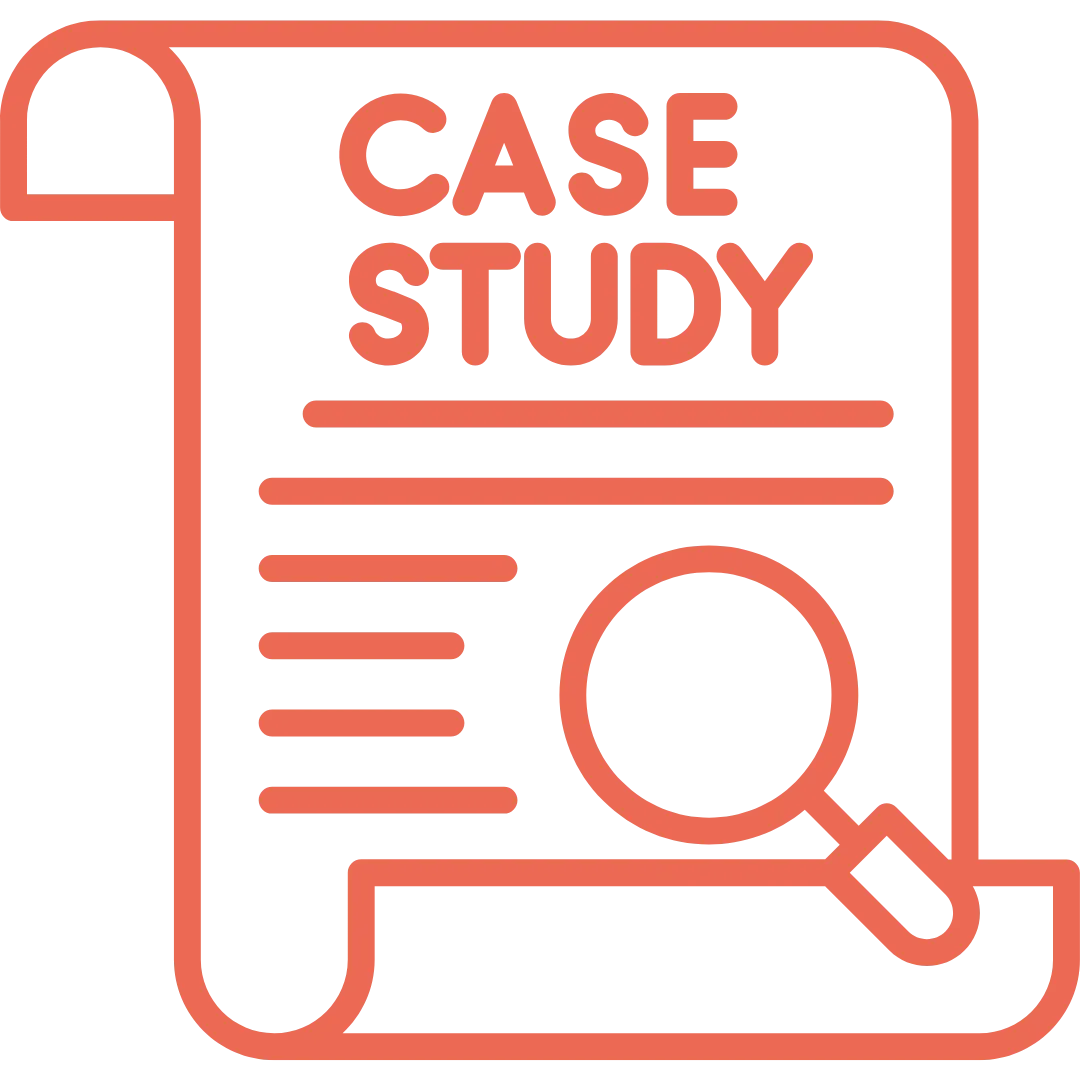






.png)


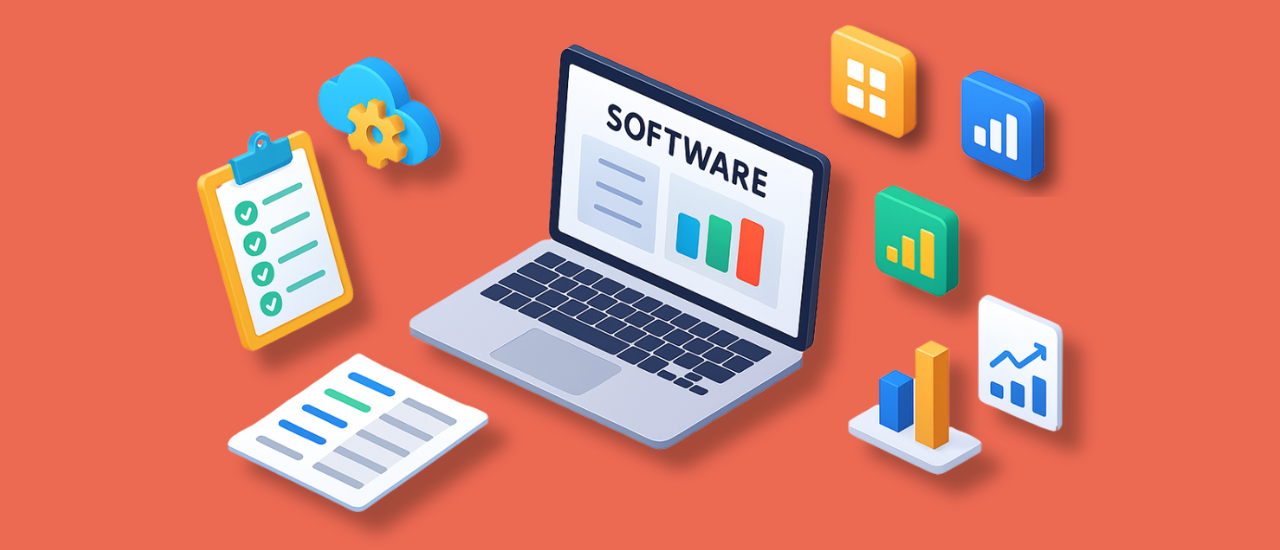
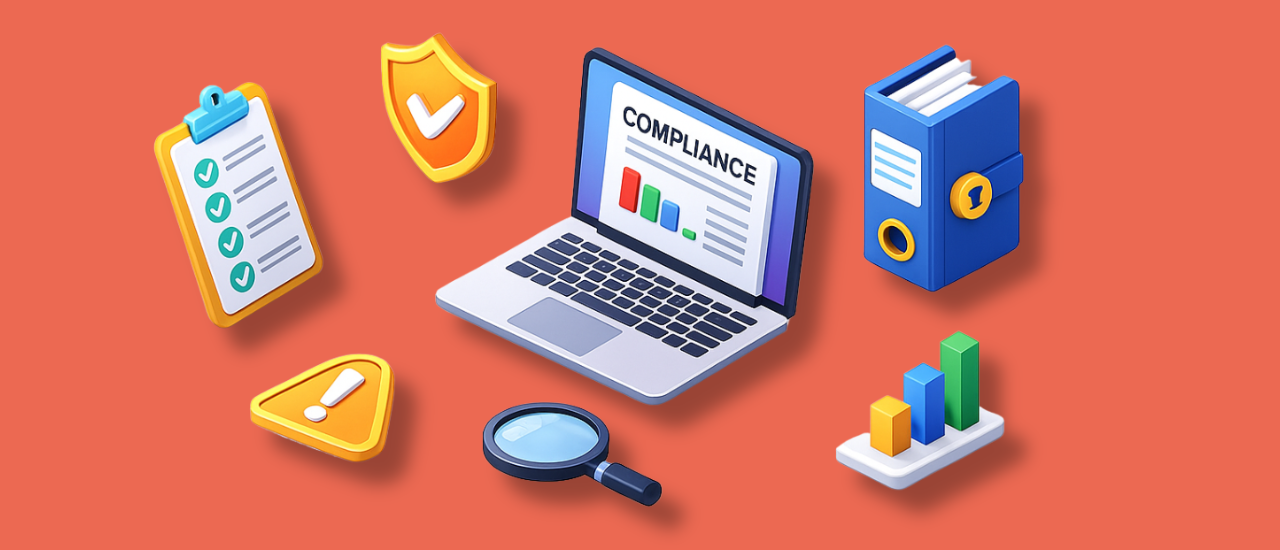
.webp)

















